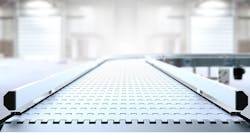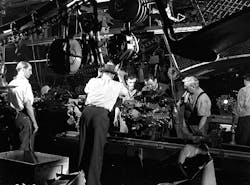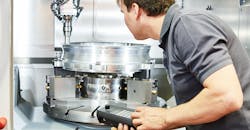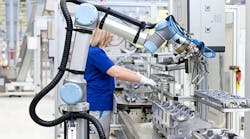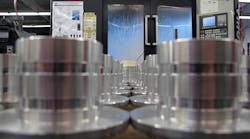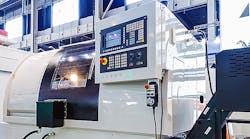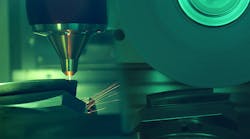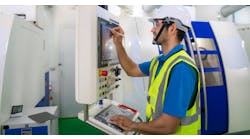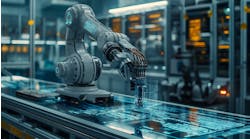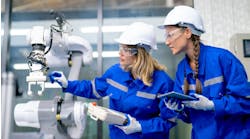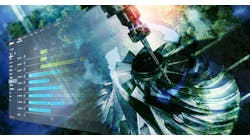Perhaps the most famous and influential innovation in manufacturing history was the assembly line. Pioneered by Henry Ford, this new way of making products enabled complex processes to proceed much more quickly by giving each worker one defined task, and moving the work-in-progress down the line.
Today, a very different revolution is underway in manufacturing, with a potential impact on industry that might be equally historic.
The Dawn of On-Demand — This development is on-demand manufacturing. Rather than mass-producing a large volume of identical or similar products, more companies a turning to short-run, customized production. Rather than purchasing their own manufacturing equipment, they’re hiring other manufacturers to produce the goods for them, or renting the equipment they need for a specific production requirement.
These are changes that parallel developments in other industries and economies.For example, take the emergence of ridesharing services. Instead of buying a car, people now place an order via their smartphone for someone available to pick them up and take them to a destination. It's instant response to a specific momentary need, using already established assets at a cost negotiated by the consumer and the supplier.
A similar shift in thinking is happening in manufacturing. Rather than investing capital in manufacturing equipment, producers are hiring others to who have made, or will make, that investment. Thanks to state-of-the-art communication, it’s possible for these partners to locate each other and establish a working relationship. As such, it’s now possible to produce highly advanced components, consumer products or virtually anything else on-demand and made exactly to order.
Despite any analysis suggesting that manufacturing is a declining economic sector, it’s truer to view it as a changing economic landscape. While these new processes and arrangements are still being established, and the manufacturing partners are still finding a footing in the new landscape, innovative technologies and fresh ways of doing things are truly transforming industrial activity.
The Technologies Used — Advances in technologies that digitize manufacturing are making these changes possible.
Additive manufacturing, also known as 3D printing, is one of these advances. A company can send a 3D CAD file to an additive manufacturing operation, to have its design recreated as a finished or semi-finished product. Alternatively, the product designer/developer could have a manufacturer create a digital file and then assign a 3D printer to build the object.
Before additive manufacturing was ever imagined manufacturers had embraced computer numerical control, or CNC. CNC machining is digital technology that already has changed the manufacturing landscape in terms of production speed and quality control. Like additive manufacturing, it works from programs derived from 2D or 3D CAD files, using that information to instruct machine tools how to cut, turn, or shape the workpiece or material. CNC technology can control a variety of tools, and can be used with any material — metals, plastics, composites, fiberglass, wood, glass, stone, and so forth.
These technologies are advancing manufacturing in their own ways, but in a larger context they are making it easier for companies without manufacturing experience or equipment to convey to a manufacturer what work needs to be done, what products they need to be made. Also, these technologies enable work orders to be defined and dispatched speedily, so production can be done quickly, even in short runs.
Leasing vs. Owning — Traditionally, manufacturing companies that needed to produce products would have purchased the necessary equipment and set up a factory. Then, they would build and assemble the products according to their own standards, resources, schedules, etc. This is the organizational model that Ford perfected.
Today, an increasing number of manufacturers will rent or lease equipment, rather than purchasing it outright. This lowers the cost for businesses that don’t need to use a certain machine too often. It also increases the process flexibility by enabling the manufacturer to use capital equipment cost-effectively, even if its requirements call for only a short run of production.
Renting or leasing also creates an additional revenue stream for manufacturing companies that have equipment they don’t use regularly. Operations like this are among those many testing out these new ideas with smaller or non-critical parts.
Other manufacturers modeling their business on these concepts, similar to the approach taken by rideshare services like Uber and Lyft. It’s often called distributed manufacturing.
Like every other sector of the global economy, manufacturing is undergoing significant, sometimes painful, changes. Digital technology is becoming more central to the organization, and the conduct of manufacturing, and business models are shifting at the most basic level — the individual manufacturing site. Like all revolutions, only time will determine how it ends.
Megan Nichols is an amateur astronomer and environmentalist, and a writer on a wide range of scientific topics. Last month she examined How to Manage Humans and Robots, and she has offered insights on improving machine shop efficiency, Smart manufacturing, and other emerging issues in manufacturing technology. Follow Megan on Twitter @nicholsrmegan.
